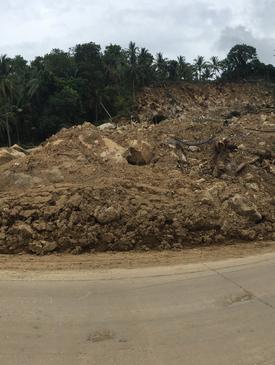Rainforestation Training for Climate-Resilient Recovery
Summary
In December 2017, areas of the Visayas and Luzon were gravely affected by Tropical Storm Urduja (international name: Kai-tak). According to the Department of Agriculture, damage to the agriculture sector from the storm has reached one billion pesos, affecting over 38,000 farmers and 38,000 hectares of rice fields. In Biliran, the provincial government declared the entire island under a state of calamity due to severe infrastructure damage and landslides. The local government of Naval, a municipality in Biliran that was most affected by the landslides, reports that more than 1,000 hectares of rice and corn fields were wiped out. Rehabilitating natural and agroecological systems is crucial in post-disaster recovery to support human livelihoods and to sustain the delivery of ecosystem goods and services, including a steady supply of water and protection from future extreme weather events. This is an integral part of a climate-resilient recovery strategy, where communities are not only provided with assistance to recover from climate change events but are also equipped to better deal with future disasters. To help address this issue, ELTI and ITEEM-VSU will conduct a site-based Rainforestation Training in Biliran. This training aims to rehabilitate damaged watershed areas and augment the current farming systems in the surrounding areas by using Rainforestation – a participatory, native species-based reforestation/agroforestry strategy developed by ITEEM-VSU.
Content
Day 1:
- Introduction to Philippine biodiversity and Rainforestation
- Establishment of a low-cost nursery
- Propagation techniques and developing a climate-resilient agroecological production system
- Development of farm plans
Day 2:
- Fieldwork on the establishment of Rainforestation demonstration site
Day 3:
- Site visit to Rainforestation demonstration site in Cabucgayan, Biliran


